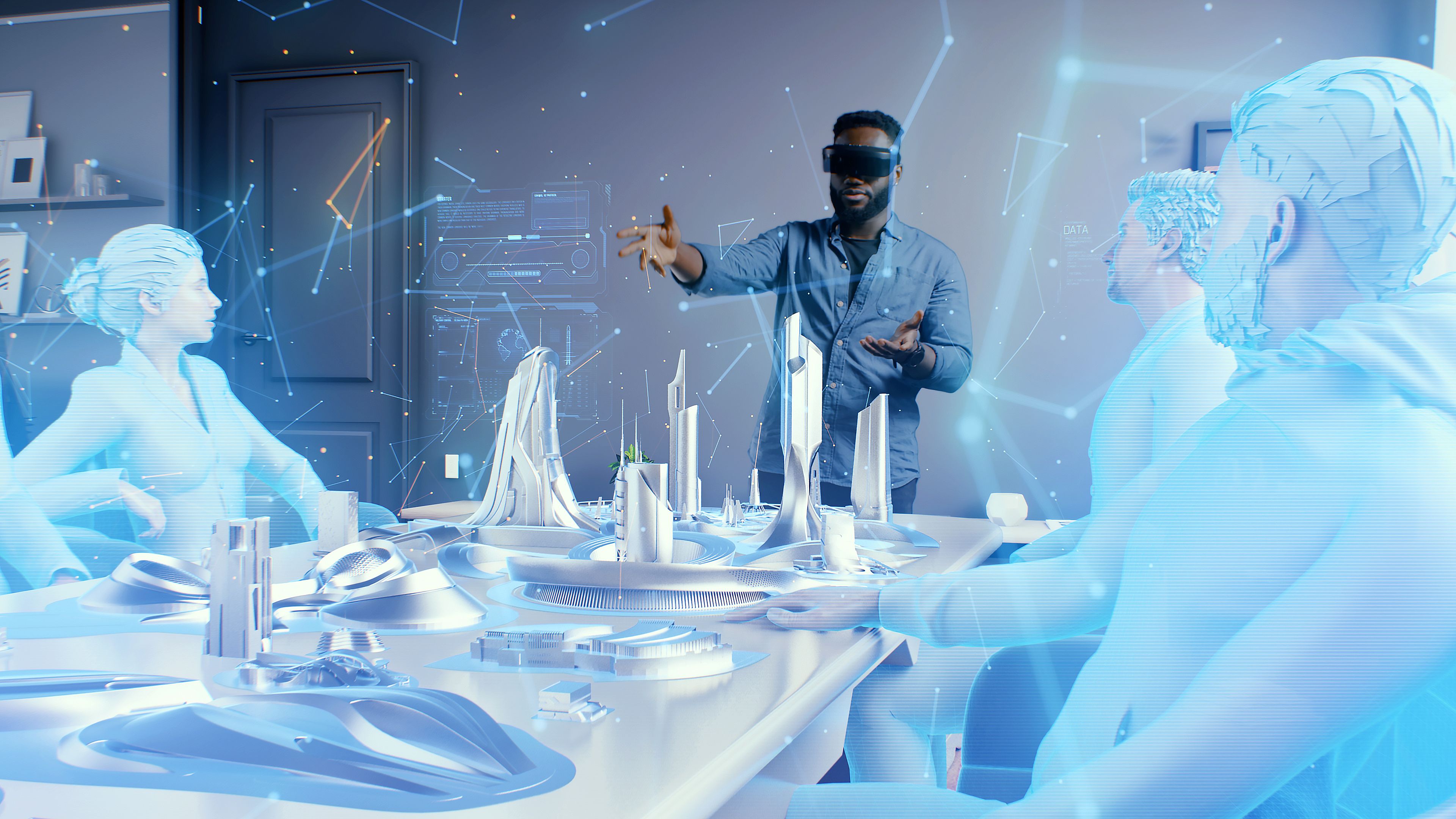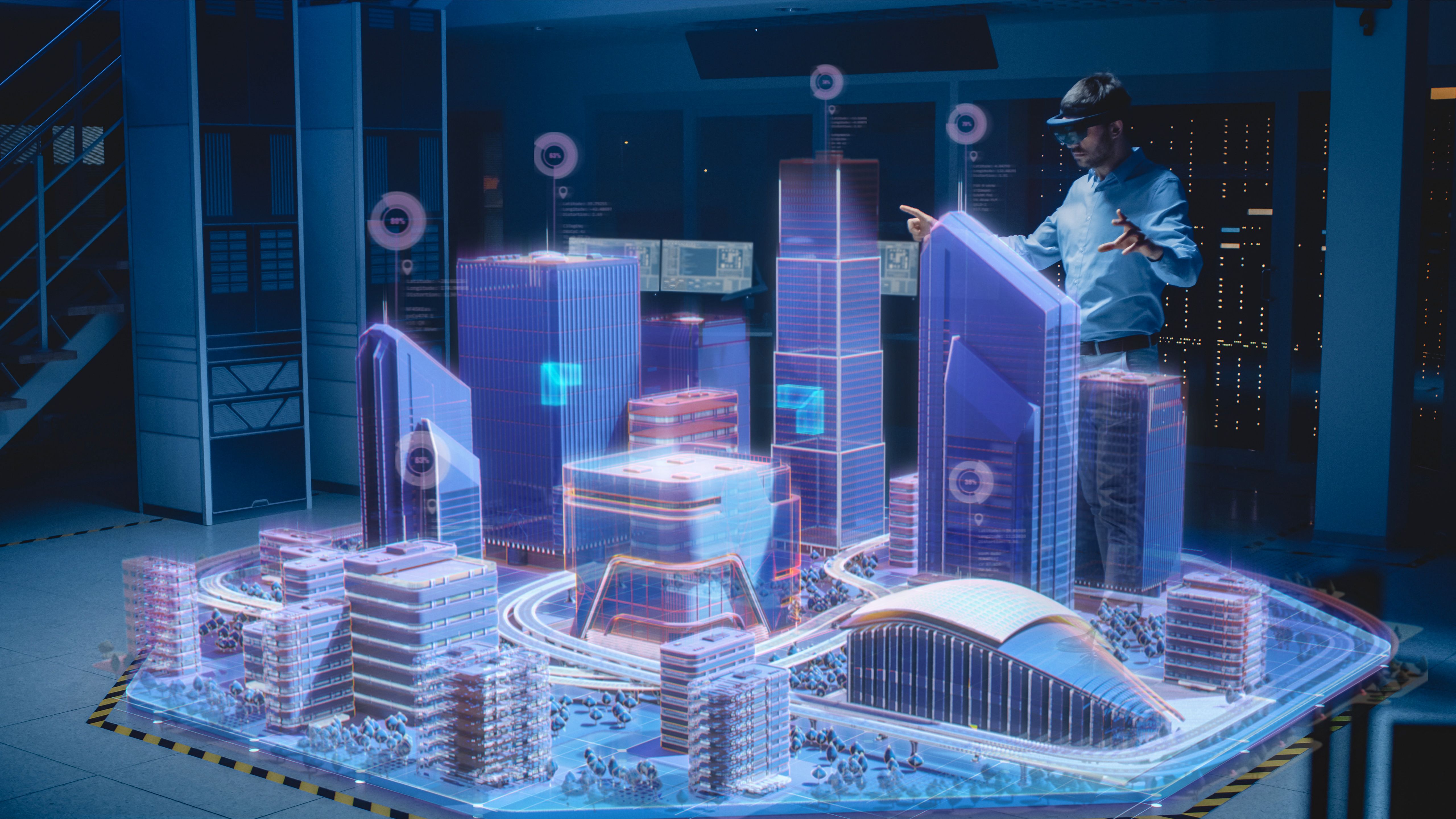Virtual reality (VR) is one of the most exciting innovations to emerge in a world where technology is rapidly evolving. VR creates immersive digital environments that can transport us to new worlds and experiences. This technology is not just about entertainment anymore. It’s also being used to revolutionize architecture. Traditionally, architecture is about creating solid structures and physical boundaries. However, VR allows us to transcend these limitations and explore new possibilities. With VR, we can create abstract architectures that would be possible to build in the real world. This blog post will explore the intersection of VR and abstract architecture. We also discuss the potential of VR to transform architecture forever. Keep reading to gain more knowledge!
What is Abstract Architecture?
Abstract architecture is a departure from conventional architectural norms. It’s a style that is not bounded by traditional rules of structures, focusing instead on creating designs that are often non-representational or unique.
Additionally, abstract architecture can be characterized by its geometric shapes, asymmetrical balance, and unconventional use of spaces and materials. Its primary goal is not necessarily functionality but rather to evoke thought, emotion, and a sense of wonder in its observers.
The impact of abstract architecture on our world is outstanding. Challenging traditional architectural norms, it pushes boundaries and encourages innovative thinking. It also invites architects to explore new possibilities and experiment with authentic forms and materials, leading to awe-inspiring buildings and landscapes.
Abstract architecture changes the way we interact with and perceive space. It encourages us to question the purpose and meaning of architecture itself, inviting us to see beyond the physical structure and explore the more profound, abstract concepts it represents.
Virtual Reality Meets Abstract Architecture
As we delve deeper into the digital age, technology continues to push the boundaries of what’s possible in various fields. One such revolutionary technology is virtual reality, which has been applied to abstract architecture.
VR is a fully immersive technology that transports users to different environments. This has opened a new way of exploring and experiencing abstract architecture.
By merging VR with abstract architecture, architects and designers can create and present designs that transcend the limitations of physical reality, offering a more immersive and interactive experience.
Several projects and initiatives have already started utilizing this fusion.
For example, the Hyperform project is a collaboration between three of the world's leading architectural firms: Snøhetta, BIG, and Studio Gang. The project used VR to enhance communications between VR engineers, architects, designers, and clients in abstract architecture projects.
If you’re interested in developing a project like this look no further than Mindesk! Mindesk is a VR solution from Vection Technologies specifically designed to collaborate in real time, from anywhere in the world.
You can work with your team to explore different abstract architecture design possibilities and get feedback from clients. Additionally, you can identify any potential problems with the design, all in a virtual environment.
Unlock the Benefits of Using VR in Abstract Architecture
VR has been creating new possibilities to explore and experience abstract architecture. Let’s take a closer look at them!
Immersive Experiences
One of the biggest benefits of VR is that it offers truly immersive experiences for architects. With VR, users and designers can virtually step inside an architectural design and explore the space in ways that are not possible with traditional 2D representations.
This allows architects, clients, and students to fully understand and appreciate the design, from its spatial arrangements to its aesthetic elements.
Limitless Design Possibilities
In the world of abstract architecture, the constraints of physical reality can often limit the creative process.
However, with VR, these boundaries are blurred, allowing architects to experiment with designs that defy conventional architectural norms. This freedom to explore and experiment can lead to innovative architectural solutions and groundbreaking designs.
Visually Stimulating Environments
Abstract architecture is known for its daring and unconventional use of forms and colors. With VR, these elements can be enhanced to create vivid, engaging, and immersive visual experiences. This makes it possible to create architectural spaces that are both beautiful and thought-provoking.
Expanding Design Boundaries with VR
Virtual reality is expanding the horizons of design in terms of creative possibilities, business operations, and workplace performance. Let's discuss two ways VR expands the view on abstract architectural design.
Efficient and Interactive Design
Architects can visualize their abstract designs in a three-dimensional, immersive environment thanks to VR. This can also help them to identify potential problems with their designs early on, and to make changes more easily. VR can also help architects to collaborate more effectively with clients and other stakeholders.
Enhanced Learning
VR can also be used to enhance abstract architecture. Students can use VR to explore design principles and develop a deeper understanding of spatial concepts in a remarkably immersive manner. Students visualize and interact with these concepts, fostering a more profound appreciation for abstract architecture.
Challenges in Merging VR and Abstract Architecture
The fusion of VR and abstract architecture is a promising field with immense potential. However, there are also some challenges that need to be addressed before this technology can be fully realized.
Technical Limitations
One of the biggest challenges is the current technical limitations of VR. High-quality VR experiences require powerful hardware and sophisticated software tools.
Not all architects or firms have access to these resources, which can limit the extent to which they can utilize VR in their design processes.
Additionally, creating VR environments that accurately represent abstract architectural designs can be a complex and time-consuming task. It requires a deep understanding of both VR technology and architectural design principles.
User Experience
Another challenge is the issue of user experience.
Navigating through a virtual environment can be disorienting for some users, particularly when the space is designed following abstract architectural principles. Therefore, ensuring a comfortable and intuitive user experience is crucial and can pose a challenge for designers.
Interpreting Abstract Architecture
Finally, there is the question of how to present and interpret abstract architectural designs in VR. These designs often rely on the viewer's physical interaction with space, and replicating this in a virtual environment can be a complex task.
Takeaway
VR has the potential to revolutionize the way we experience and understand abstract architecture, and it is sure to play a major role in the future of the field. If you need support adopting a VR strategy for abstract architecture projects, contact us today!


